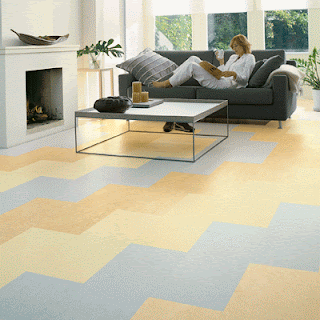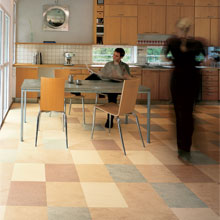In a follow up to yesterday's blog, we wanted to provide some more information about Bamboo Cabinetry. We hope this information helps the general consumer but also any cabinet makers or otherwise entrepreneurs who want to get into the bamboo cabinetry game. As we mentioned yesterday, cabinetry is a large U.S. industry. Economists are predicting that it will grow rather nicely over the next five years after a previous five years that saw a drop than recovery. This a great time for eco-friendly cabinet makers (small and large) to enter the industry and start saving the planet one cabinet at a time.
Besides being eco-friendly and non-toxic, bamboo is a great material for cabinetry for several reasons. Attractive to many people, the natural bamboo patterns make for brilliant looking kitchen and bathroom cabinets. Strong and durable, bamboo will last longer than both MDF and plywood. Because bamboo is so strong smaller panels can be used making bamboo cabinets much lighter than those made from other materials. Bamboo is also far superior when it comes to termites. Though termites will eat the celluse in bamboo, they're much more likely to go after any wood that is in their vicinity. Because of the structure of bamboo, termite treatments are far more effective at eliminating the colony. Did you know that a good deal of pre-manufactured cabinetry comes with termites already in it? Sounds crazy, but it typically takes at least 5 years for termites to even make their presence known.
Buying bamboo cabinetry in the United States can be a little challenging but the options are continually increasing. Large cabinet manufacturers like Masterbrand and Kitchencraft produce their own line of bamboo cabinetry and these brands can be found at kitchen cabinet dealers around the country. There are also RTA bamboo cabinets available for purchase on-line from The RTA Store and Domain Cabinets Direct. Custom bamboo cabinetry is probably the most difficult to find as many custom cabinet makers don't yet have experience with bamboo plywood. Working with bamboo plywood is much like working with any other plywood. Bamboo panels can be found in brands like Teragren, Plyboo, Kirei, CaliBamboo, and Nadurra.
We hope the use of bamboo cabinetry and other eco-friendly cabinetry continues to grow in the United States. We look forward to the day when foreign toxins are no longer ear marked for U.S. landfills!











